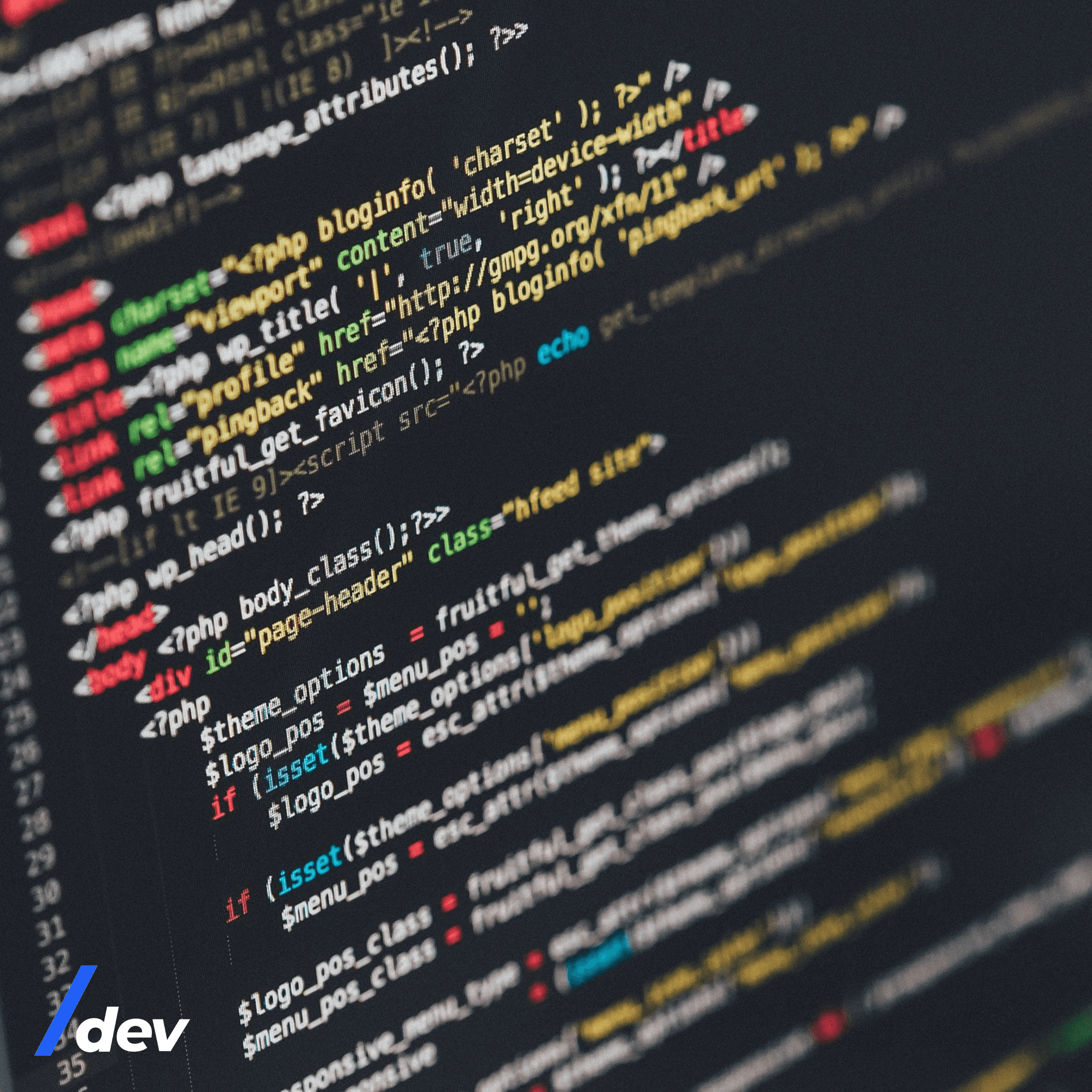Nav.SoftwareServices
Nav.forCompanies
Nav.forDevs
Products
Portfolio
Nav.hireDevs
Nav.hireDevs
Get Senior Engineers Straight To Your Inbox

Every month we send out our top new engineers in our network who are looking for work, be the first to get informed when top engineers become available

At Slashdev, we connect top-tier software engineers with innovative companies. Our network includes the most talented developers worldwide, carefully vetted to ensure exceptional quality and reliability.
Build With Us
Decoding the Complexity: Why Is React So Hard to Learn and Overcome/


React, the JavaScript library for building user interfaces has gained immense popularity among web developers in recent years. It’s celebrated for its performance, reusability, and the ability to create dynamic, interactive web applications. However, React’s learning curve can feel steep for newcomers to the web development world. In this article, we’ll explore the challenges that make React appear difficult to learn and how to overcome them.
React’s Complexity Demystified
1. JavaScript Fundamentals
Before diving into React, a solid understanding of JavaScript fundamentals is essential. React heavily relies on JavaScript, and concepts like ES6 syntax, functions, and variable scopes should be familiar. If you’re new to JavaScript, it can feel overwhelming to grasp both the language and React simultaneously.
Solution: Start with a thorough JavaScript foundation. Explore resources, online courses, or textbooks dedicated to JavaScript to build a strong base before venturing into React.
2. Component-Based Architecture
React is built around the concept of components, which are self-contained, reusable building blocks. Understanding how to design, structure, and communicate between components can be challenging for beginners.
Solution: Begin with simple components and gradually work your way up to more complex ones. Practice creating components, passing props, and handling state within them.
3. Virtual DOM and JSX
React introduces the Virtual DOM, a virtual representation of the actual DOM. JSX, a syntax extension for JavaScript, is used to define the structure of React components. These concepts might be unfamiliar to newcomers.
Solution: Study the Virtual DOM and JSX to understand how React efficiently updates the UI. Experiment with JSX in small projects to become comfortable with its syntax.
4. State Management
Managing the state within a React application is crucial for creating dynamic interactions. However, understanding when and how to use local component state versus global state management libraries like Redux or MobX can be perplexing.
Solution: Start with the local component state and progress to global state management as your application’s complexity grows. There are numerous tutorials and courses available for state management in React.
5. Ecosystem Overload
React’s ecosystem offers various tools, libraries, and frameworks (e.g., React Router, Redux, Axios) that can be overwhelming to newcomers. Choosing the right tools for your project can be a daunting task.
Solution: Start with the core React library and gradually introduce additional tools as needed. Focus on mastering React itself before delving into the broader ecosystem.
Overcoming React’s Learning Curve

1. Structured Learning
Begin your React journey with structured learning resources. Online courses, tutorials, and documentation can provide a step-by-step approach to mastering React’s concepts and best practices.
2. Hands-On Practice
Theory alone won’t make you proficient in React. Apply what you learn by working on small projects or exercises. Building real-world applications is the most effective way to solidify your knowledge.
3. Community and Collaboration
Join React communities, forums, and social media groups. Engaging with fellow developers, asking questions, and participating in discussions can provide valuable insights and support.
4. Documentation
React’s official documentation is comprehensive and well-maintained. Use it as a reference guide while you code, and you’ll find answers to most of your questions.
5. Mentorship
Consider seeking guidance from experienced React developers. Mentorship can accelerate your learning process and help you avoid common pitfalls.

Conclusion
While React may appear challenging at first, remember that many developers have successfully navigated its learning curve. The complexity of React arises from its power and versatility, and once you grasp its fundamentals, you’ll find it to be a valuable skill in your web development toolkit.
At slashdev.io, we provide resources, articles, and insights to help developers like you conquer challenges and excel in your programming journey. Whether you’re tackling React or any other web development technology, our platform offers the guidance you need to thrive in the world of web development.
Don’t let the initial difficulty deter you. Embrace the challenge, stay persistent, and soon you’ll discover the rewarding world of React development.
Visit slashdev.io for more developer resources and insights. Explore a wealth of information to enhance your skills and knowledge in web development and related fields. Slashdev.io is your trusted companion on your journey to becoming a proficient developer.

